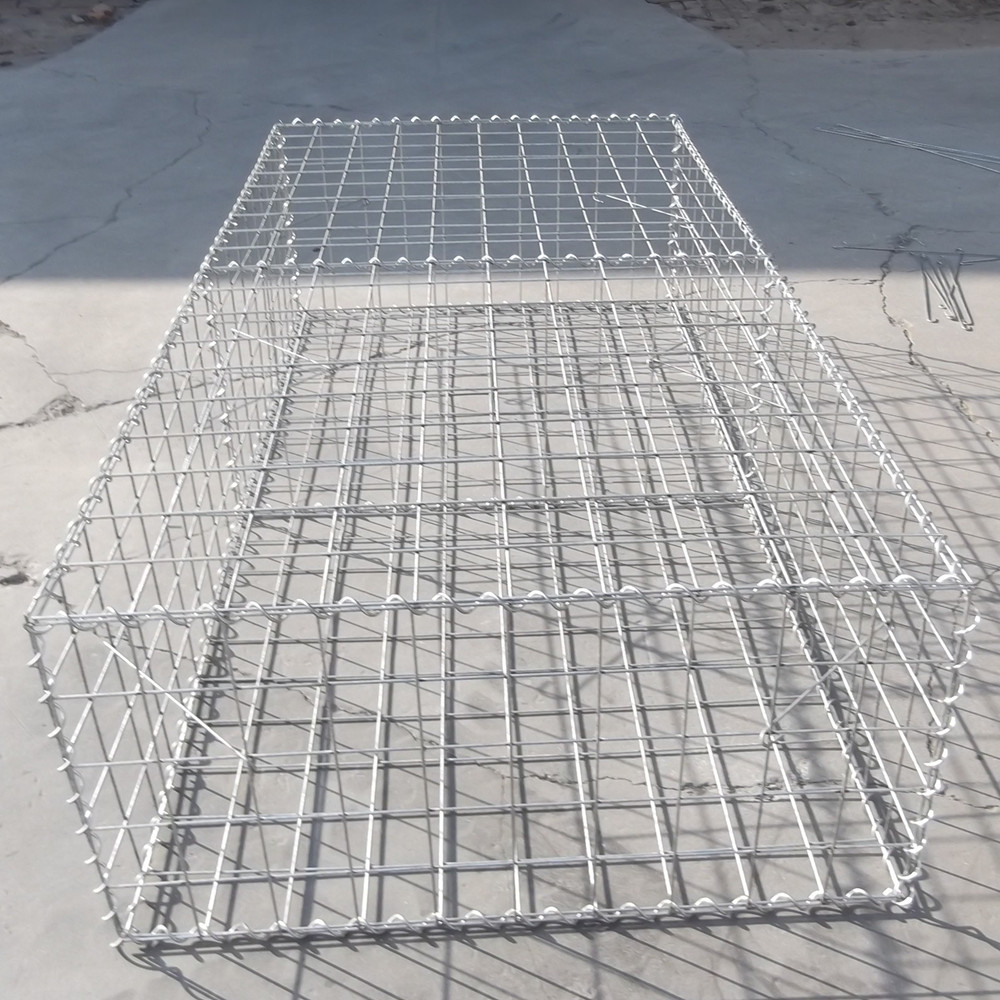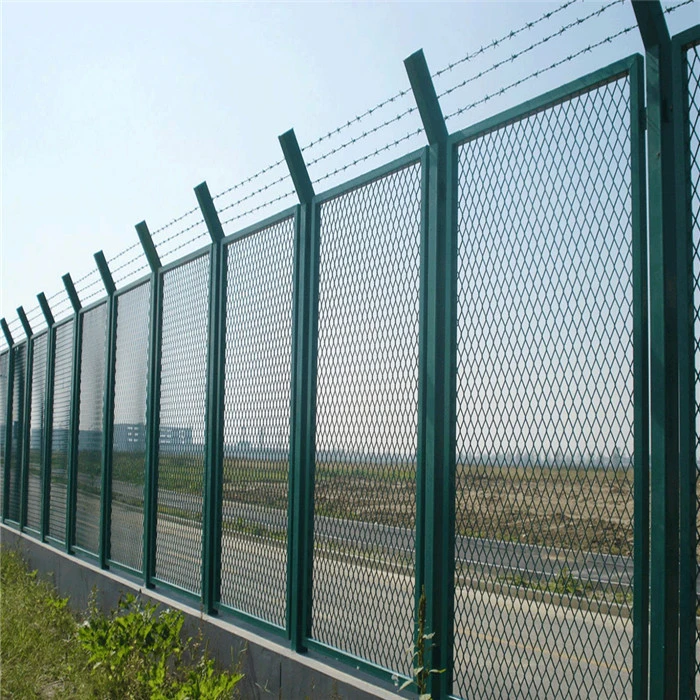Jul . 08, 2025 08:00 Back to list
High-Quality Temporary Chain Link Fencing Supplier Factory Direct Price
- Introduction to temporary chain link fencing
and its crucial role in modern fencing solutions - Technical advantages and innovative features
- Comparative analysis of manufacturers — a data-driven review
- Customizable solutions to fit diverse project requirements
- Industry-specific application cases
- Real-world performance: Safety, security, and convenience benefits
- Conclusion: The future of temporary chain link fencing in global markets

(temporary chain link fencing)
Understanding Temporary Chain Link Fencing in Modern Infrastructure
Temporary chain link fencing has emerged as a versatile and robust option for securing construction sites, events, and commercial properties. As urban development accelerates, flexible perimeter solutions like chain link temporary fencing are in high demand for their adaptability and strength. Recent industry data reveals a 22% annual uptick in temporary fencing installations globally, especially in North America and Asia-Pacific, highlighting its pivotal role in meeting modern security needs.
With temporary chain link fencing, property managers and contractors benefit from swift installation and reconfiguration. The modular nature ensures that operational efficiency is maximized without sacrificing safety or compliance. Unlike permanent fencing, temporary solutions cater to dynamic environments where rapid response and mobility are essential, distinguishing them as the go-to solution for projects with fluctuating security requirements.
Technical Advantages and Innovation in Temporary Fencing
Advanced engineering distinguishes contemporary chain link temporary fencing. Innovations include anti-corrosive galvanization that offers up to 15 years of lifecycle durability, and enhanced mesh patterns providing greater resistance to breach attempts. Typical specifications feature steel wire gauges between 12 and 9, and mesh sizes ranging from 2" to 2.5" for optimal visibility and deterrence.
The panel system, often standing 6' high and 10' long, is designed for stability, incorporating robust feet and tension bars to withstand wind loads up to 120 mph. This makes it well-suited for both indoor and outdoor conditions. Additional technical features often include powder coating for extra protection, hot-dip galvanizing that meets ASTM A123 standards, and adaptable panel connectors—all contributing to superior reliability and minimal maintenance.
Innovation is also seen in anti-climb enhancements and tool-less assembly systems that reduce labor costs by 30%. As technology continues to evolve, smart accessories such as integrated surveillance mounts and reflective signage options further increase fencing versatility and safety.
Manufacturer Comparison: Data-Driven Insights
Selecting the right supplier is critical for cost efficiency and project success. The following table highlights three prominent factories, analyzing both their product quality and pricing structure, to offer a clear overview for decision-makers:
| Manufacturer | Fencing Type | Material Grade | Coating Type | Warranty (years) | Average Price (per linear ft) | Lead Time |
|---|---|---|---|---|---|---|
| ChainLinkPro Fencing | Temporary Chain Link | Q235 Steel | Hot-dip Galvanized | 8 | $3.75 | 12 days |
| SecureBarrier Factory | Chain Link Temporary | Q195 Steel | Powder Coated | 6 | $3.40 | 15 days |
| VanguardMesh Co. | Temporary Chain Link | Q235 Steel | Hot-dip Galvanized + PVC | 10 | $4.10 | 10 days |
These comparisons highlight not only price differences but also operational priorities such as warranty and lead time. When searching for “chain link fencing price factory,” careful consideration of both material grade and coating type ensures a balanced decision between budget constraints and product longevity.
Tailored Solutions for Diverse Project Requirements
Projects across industries demand unique security parameters, necessitating highly customizable temporary chain link fencing solutions. Manufacturers now offer tailor-made panels with variable heights from 4’ to 8’, bespoke mesh aperture configurations, reinforced base plates, and custom brand colors to align with corporate identity. For high-security installations such as electrical substations or public events, options like razor wire toppings, privacy wind screens, and quick-release couplers can be specified.
Advanced customizations also include acoustic panels for noise mitigation on urban sites, and green-coated mesh for eco-sensitive regions. Customers frequently request angled extensions for anti-scale protection, or integrated gates for vehicular access. These elements, when properly integrated, deliver a fencing solution precisely mapped to specific risk assessments, site layouts, and operational workflows.
Industrial and Event Applications: Practical Case Studies
The breadth of temporary chain link fencing applications is underscored by real-world deployments. For example:
Construction Sector: A recent infrastructure mega-project in Texas deployed 12 miles of galvanized chain link temporary fencing, reducing unauthorized access incidents by 87% in the first quarter.
Outdoor Events: In 2023, an international marathon organizer utilized lightweight, 6’ portable panels to segment participant and spectator zones, ensuring rapid assembly—covering 2 miles of fencing in under 5 hours.
Agricultural Operations: Large-scale farms in Australia have relied on PVC-coated systems to partition livestock areas during seasonal moves, where the easy relocation of panels minimizes labor costs and animal stress.
Disaster Response: Emergency management teams in Southeast Asia have adopted modular chain link fencing for temporary shelters and quarantine zones, enhancing safety and crowd control during crises.
These cases underscore the fencing’s adaptability, offering security and organization while exceeding compliance requirements.
Performance in Use: Security, Durability, and Convenience
Practical deployment highlights three core benefits of chain link temporary fencing: security, durability, and convenience. Statistically, sites protected by such fencing report a 65% drop in equipment theft and vandalism. Quality assurance is maintained through corrosion-resistant materials and durable epoxy finishes, supporting years of deployment in harsh climates without significant maintenance.
The moveable yet secure configuration permits efficient material deliveries and workflow adjustments, vital for fast-changing project sites. For contractors and event managers, reconfiguring fencing layouts is easily achieved, often requiring less than half the time compared to wooden or welded mesh alternatives. Sustainability is also addressed, with 97% of the steel used being recyclable—a reflection of growing environmental priorities in the sector.
The Future of Temporary Chain Link Fencing in Market Evolution
Temporary chain link fencing is reshaping how industries secure and adapt their operational perimeters. As demand continues to grow for rapid, resilient, and cost-effective solutions, innovations in material science—such as smart coatings and advanced locking mechanisms—will further differentiate leading suppliers.
The rise in global construction, event management, and disaster response underscores the fencing’s unmatched value as both a short-term and semi-permanent protective measure. For those sourcing quality solutions, close attention to technical specs and a comparative approach to suppliers (leveraging chain link fencing price factory data) will drive the most effective investment. By prioritizing transparency, customization, and verified performance, decision-makers set the stage for project safety and operational success well into the future.

(temporary chain link fencing)
FAQS on temporary chain link fencing
Q: What is temporary chain link fencing?
A: Temporary chain link fencing is a movable barrier made of chain link mesh, widely used for site security and crowd control. It's easy to install and remove as needed.Q: Why choose chain link temporary fencing for construction sites?
A: Chain link temporary fencing provides strong, visible boundaries while allowing airflow and visibility. It protects your site from trespassing and theft.Q: How much does chain link temporary fencing cost from a factory?
A: The price of chain link temporary fencing from a factory depends on size, quality, and order quantity. Bulk purchases usually secure better prices.Q: Can temporary chain link fencing be customized?
A: Yes, factories often offer customizable options for height, length, and wire gauge. Customization ensures the fencing meets your specific project requirements.Q: How is temporary chain link fencing installed and removed?
A: Temporary chain link fencing is set up using portable stands and clamps, without digging or permanent fixing. It can be quickly dismantled when the project finishes.-
Backyard Temporary Fence – Easy Install & Removable Fencing Solutions for Home Safety
NewsJul.08,2025
-
High-Quality Temporary Chain Link Fencing Supplier Factory Direct Price
NewsJul.08,2025
-
High Quality 9 Gauge Expanded Metal Mesh - Durable Chain Link Wire Mesh Fence Solutions
NewsJul.07,2025
-
High-Quality Farm Fence Netting for Sale Competitive Quotes & Pricelist Trusted Exporters
NewsJul.07,2025
-
Welded Wire Fencing 4x4 Mesh – Durable & Versatile Security Solution
NewsJul.06,2025
-
High-Quality Steel Wire Mesh Panels for Construction Companies & Products Durable & Customizable Solutions
NewsJul.06,2025



